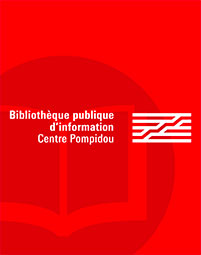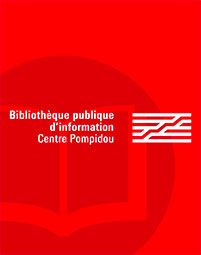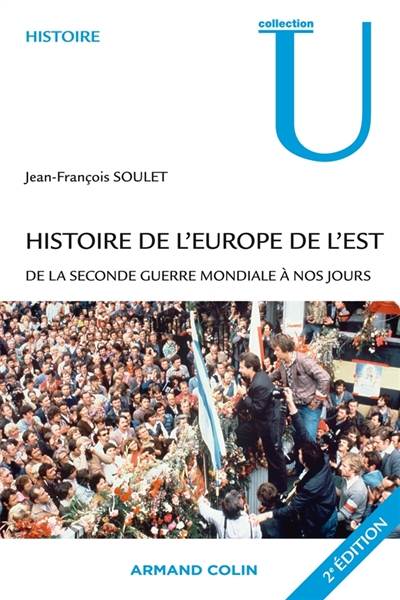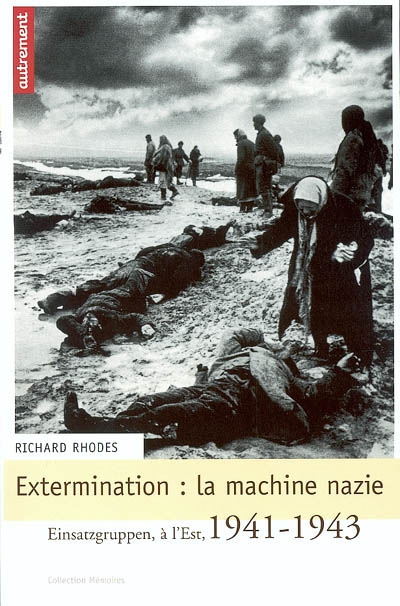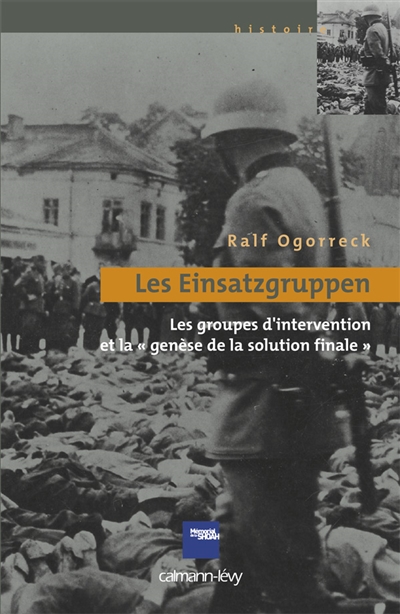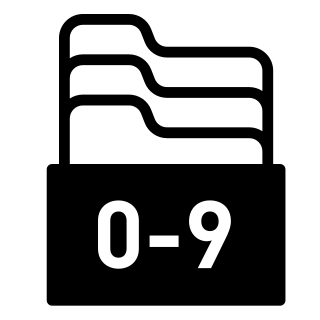par Fondation Vasarely ; Gauthier, Michel (1958-....)
Fage
2020 -
-
Disponible - 704-81 GAU
Niveau 3 - Arts
Résumé : Présentation de la renaissance après-guerre du projet moderniste des avant-gardes historiques, que l´esthétique constructiviste incarnait autrefois.Une vingtaine de représentants majeurs de l'art optique et cinétique sont représentés, mettant en évidence l´apport décisif de l´Amérique du sud et de l´Europe de l´Est dans l´histoire de l´art de la seconde moitié du XXe siècle. ©Electre 2020

 Les bibliothèques de la ville de Paris
Les bibliothèques de la ville de Paris
 Les bibliothèques universitaires
Les bibliothèques universitaires
 La BnF
La BnF
 L'encyclopédie Wikipédia
L'encyclopédie Wikipédia
 L'Encyclopædia Universalis
L'Encyclopædia Universalis
 La bibliothèque du film
La bibliothèque du film
 La médiathèque de la Philharmonie de Paris
La médiathèque de la Philharmonie de Paris

![Sud-Est, le constructivisme en héritage : Europe de l'Est et Amérique du sud : [exposition, Aix-en-Provence, Fondation Vasarely, du 12 septembre 2020 au 31 janvier 2021]](/imported_images/livre/couverture/978-2-84975-651-5.jpg)


